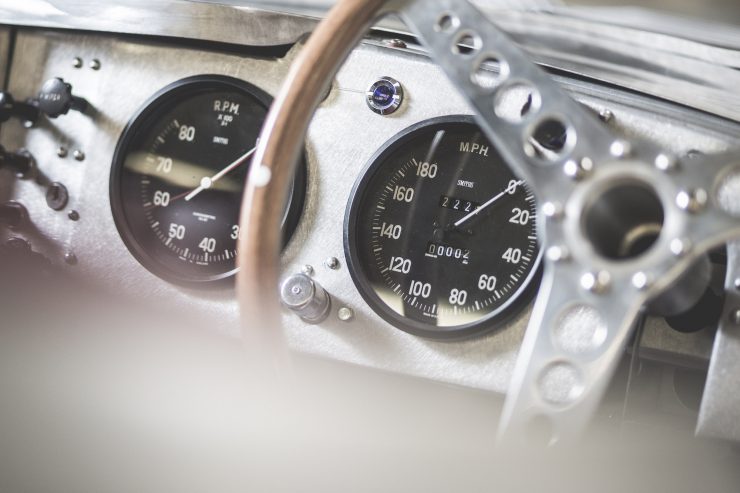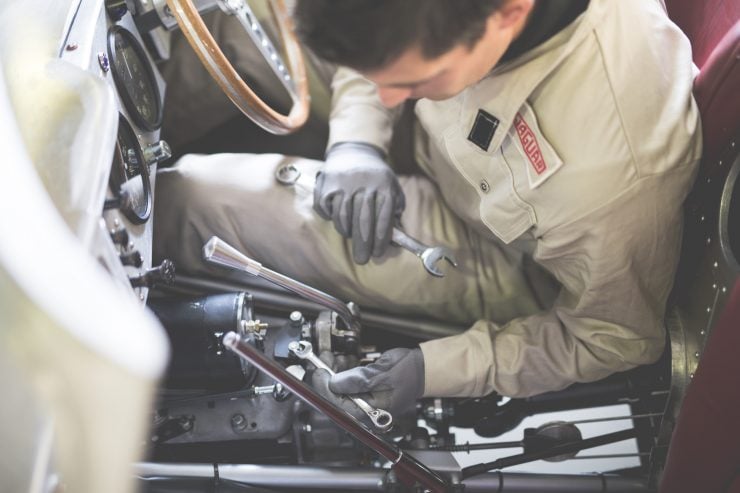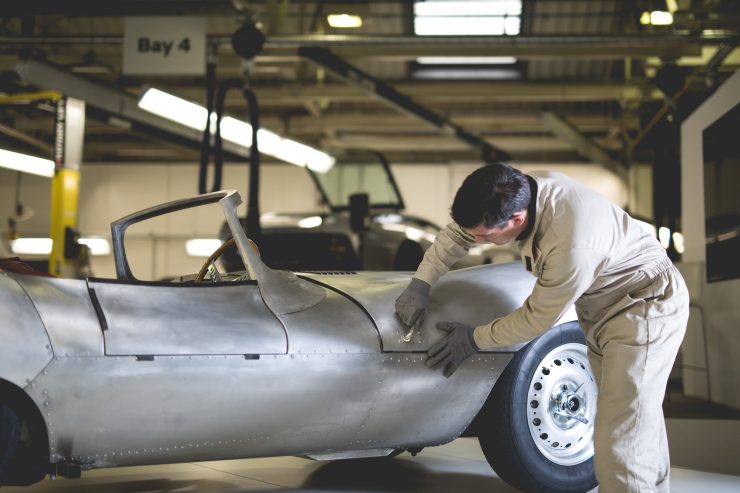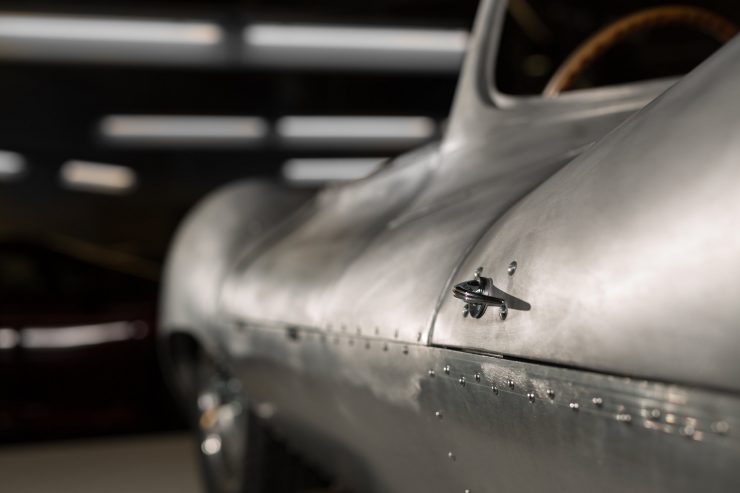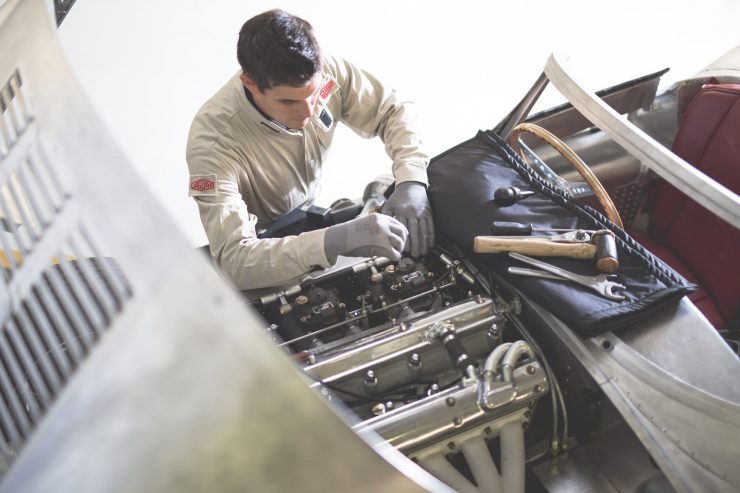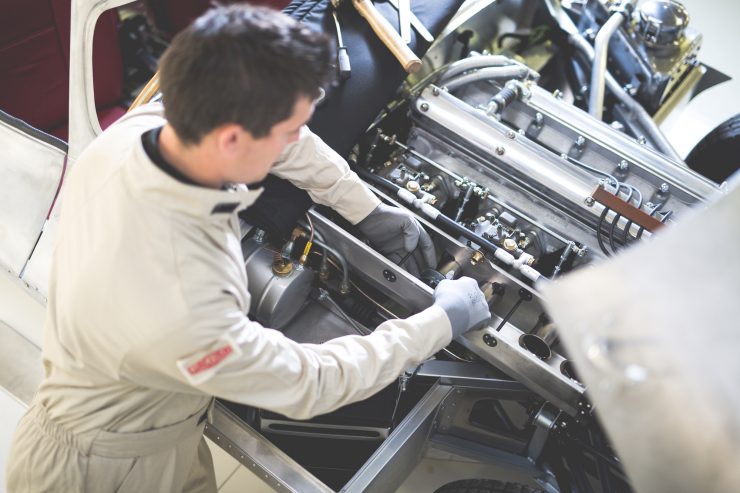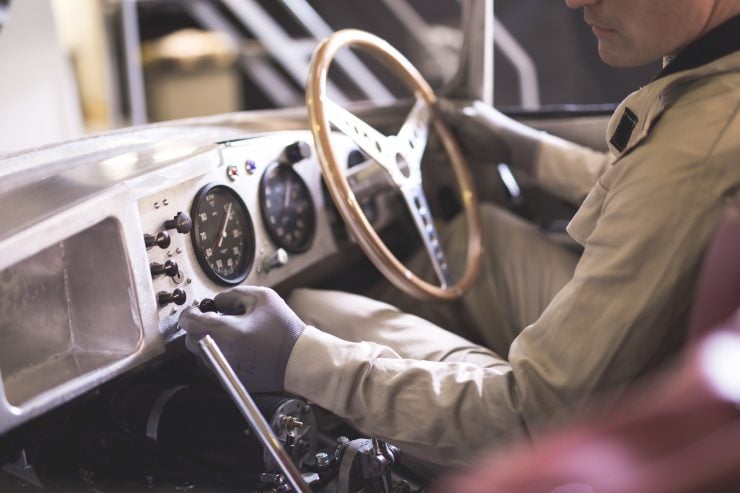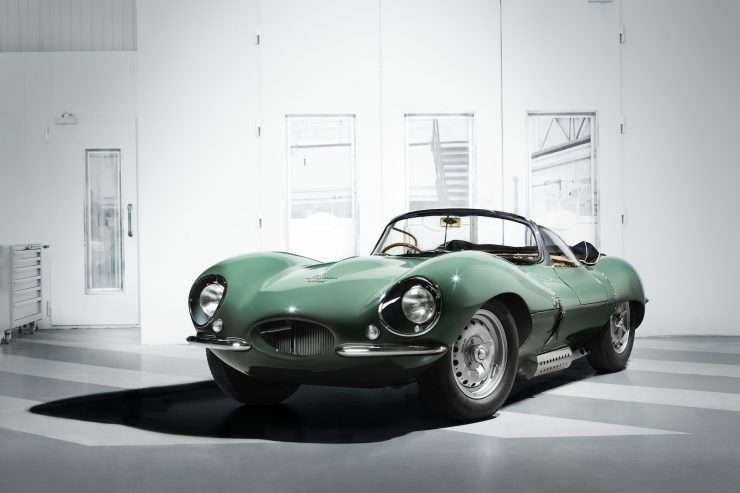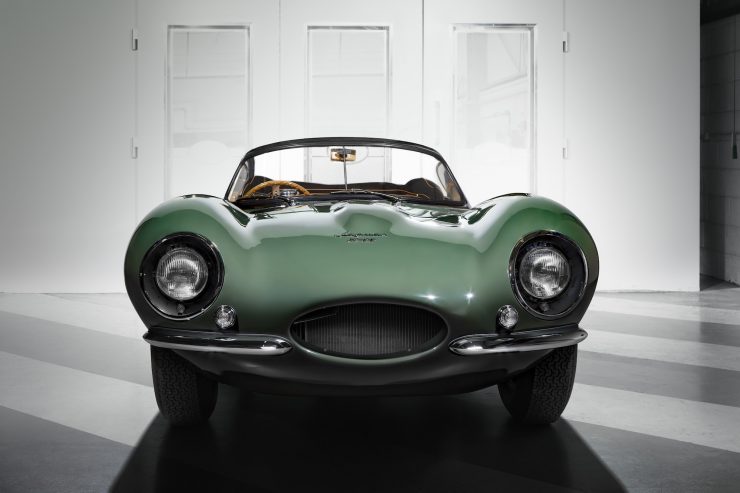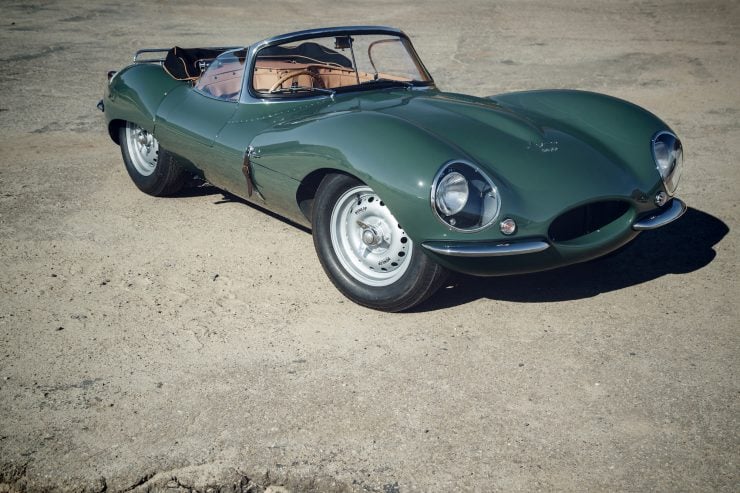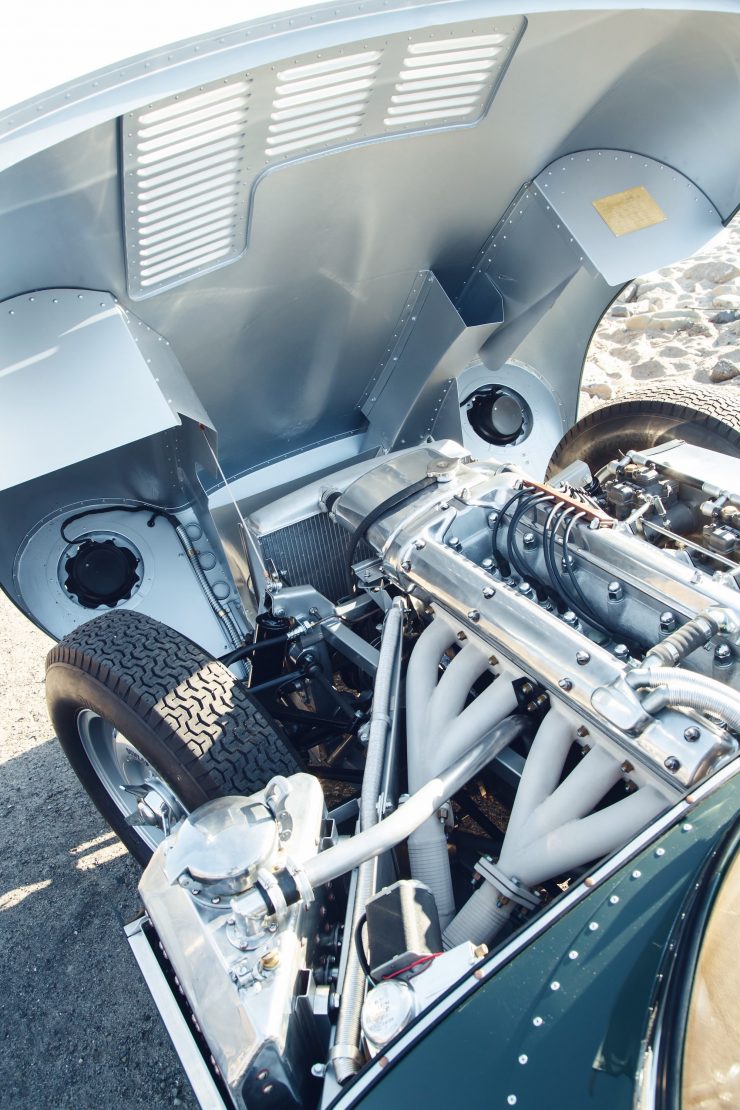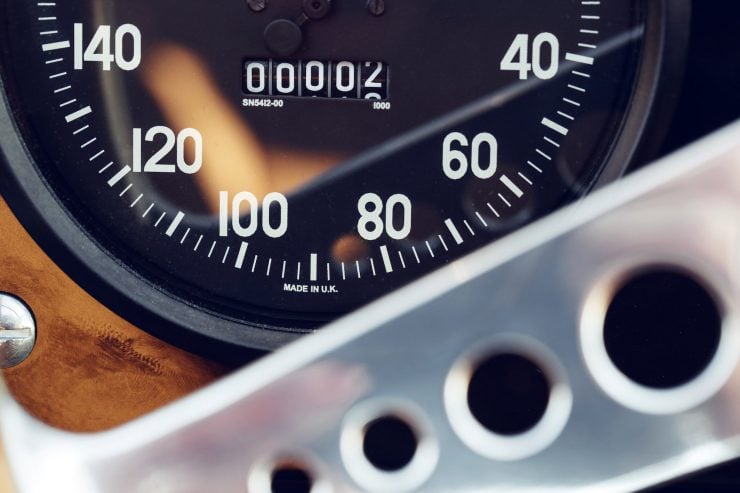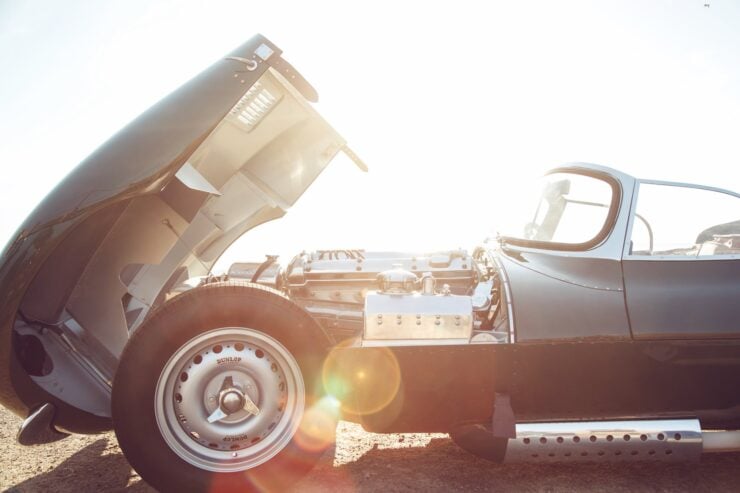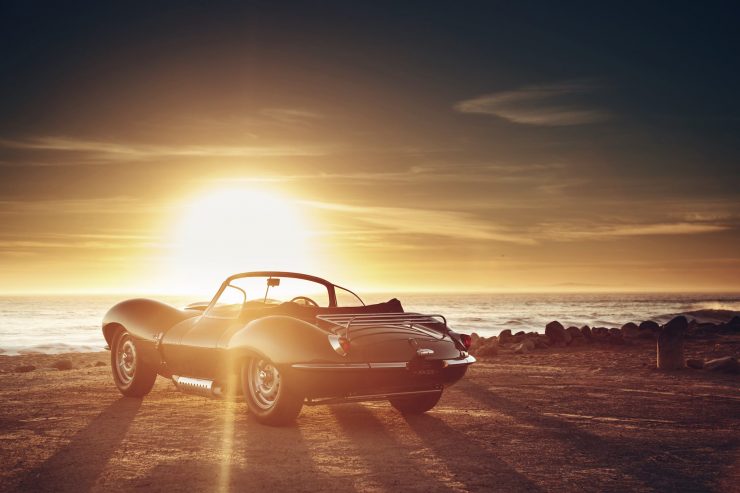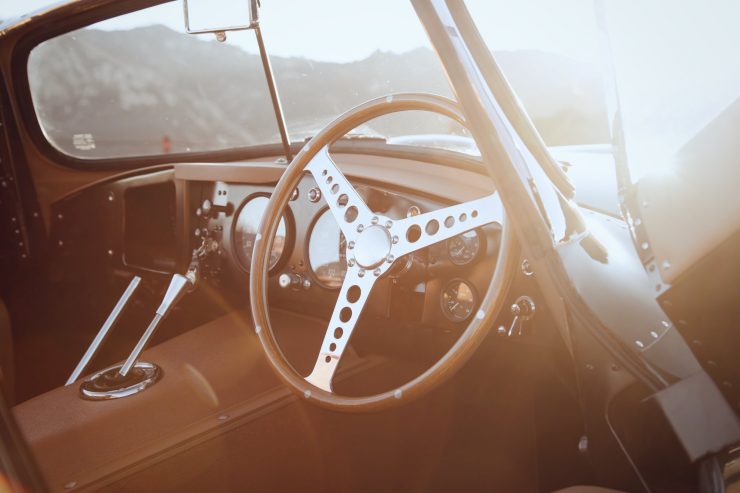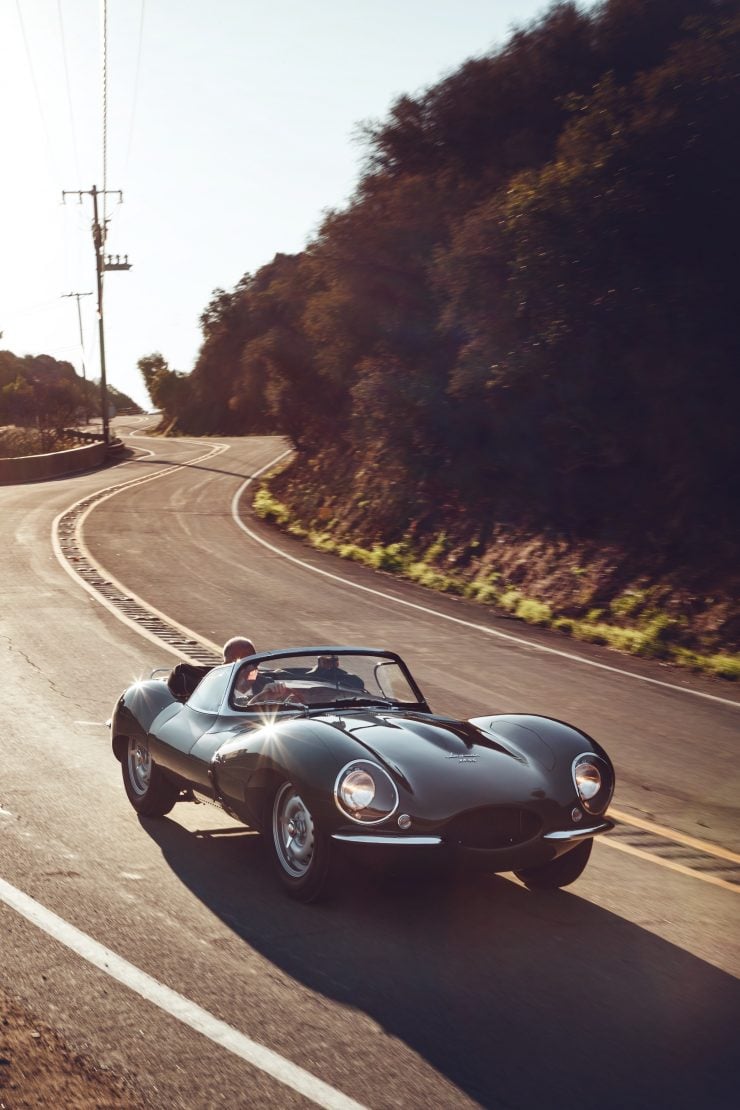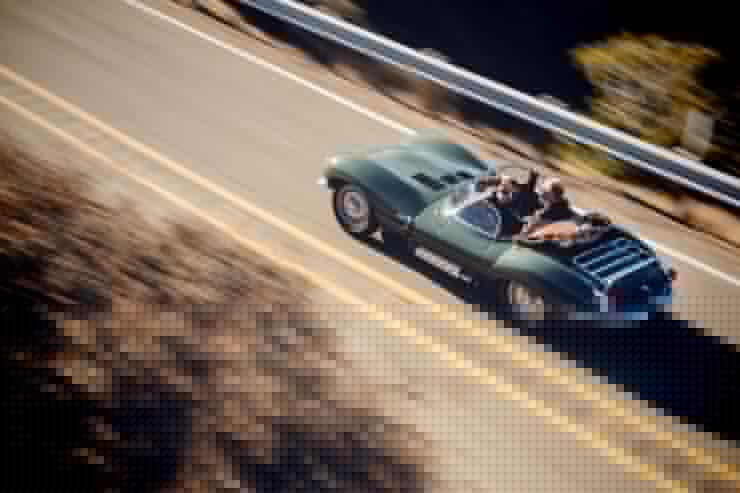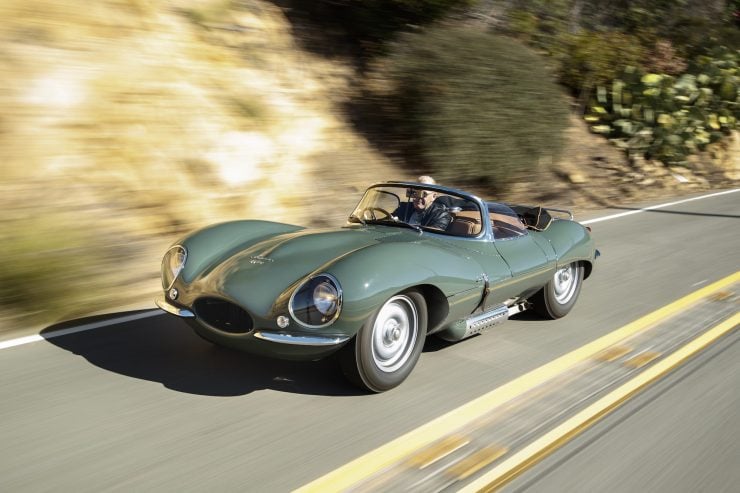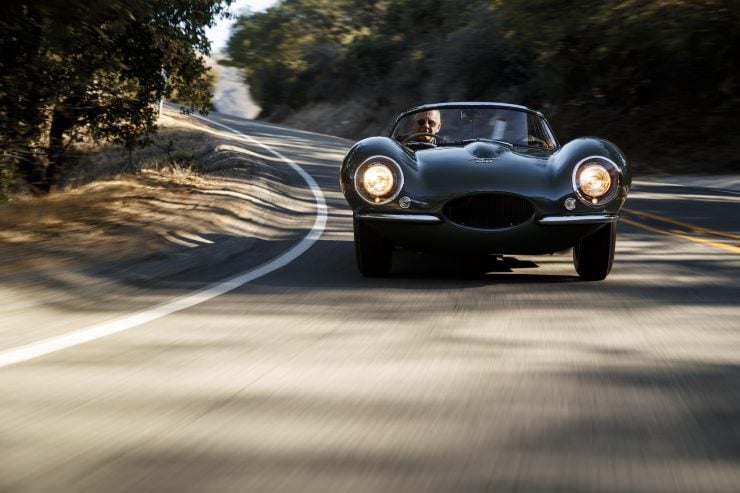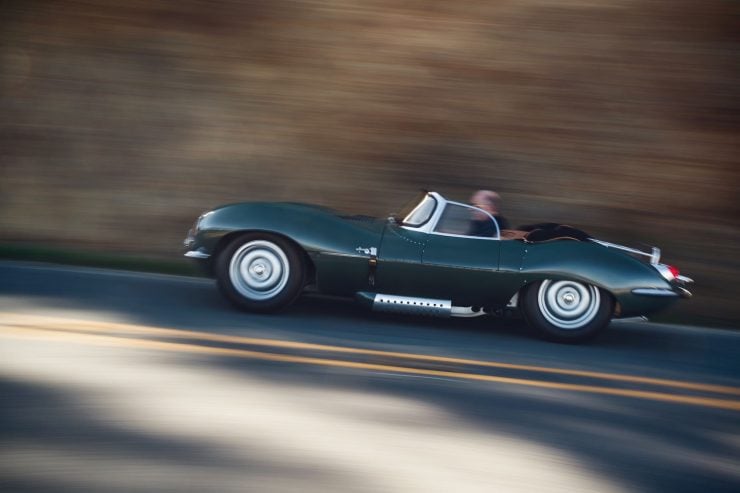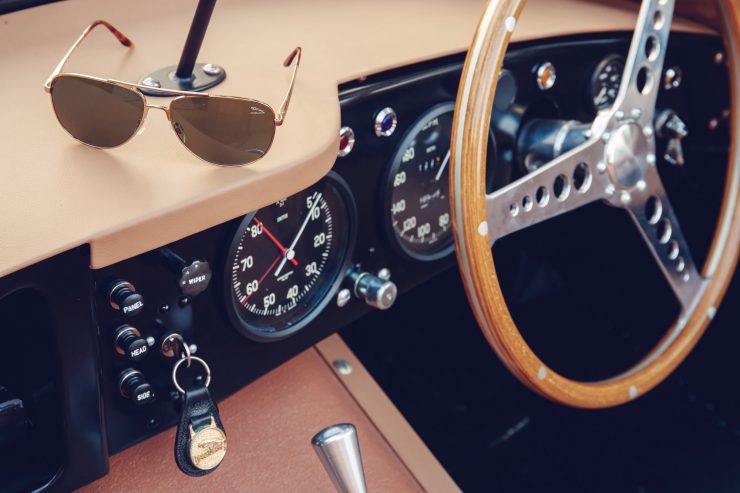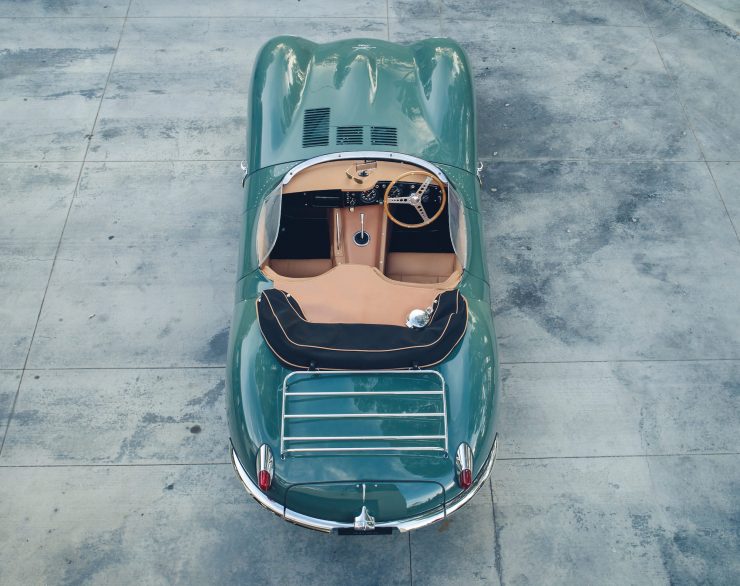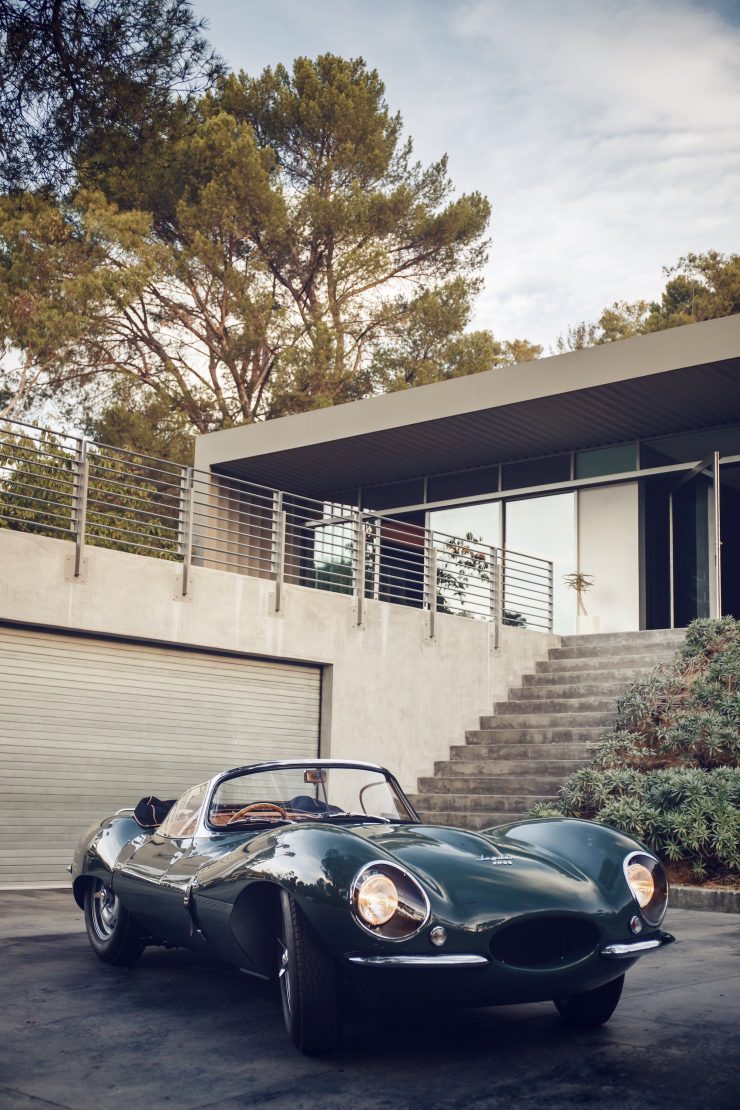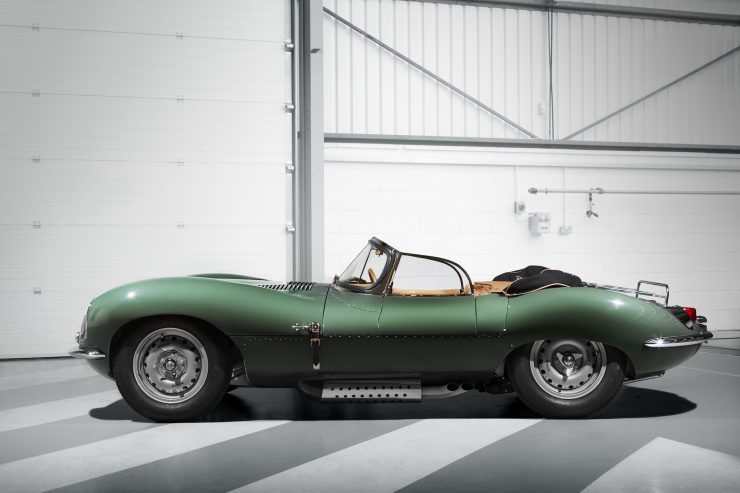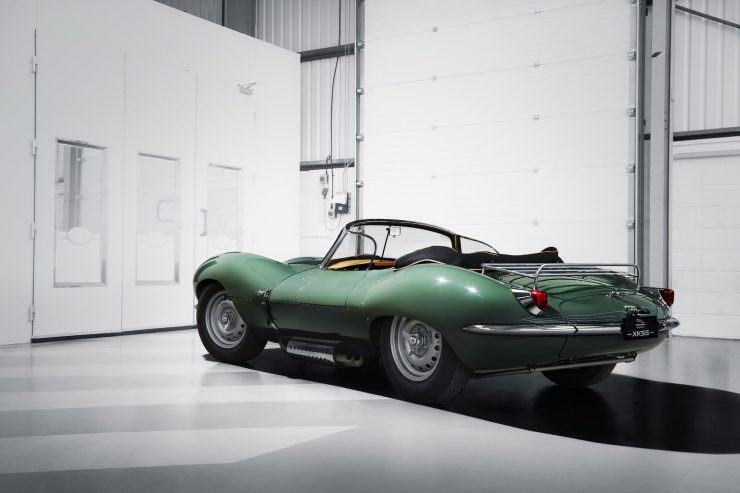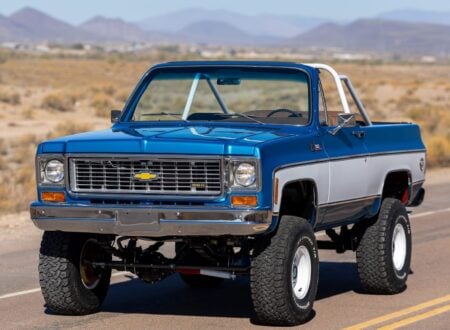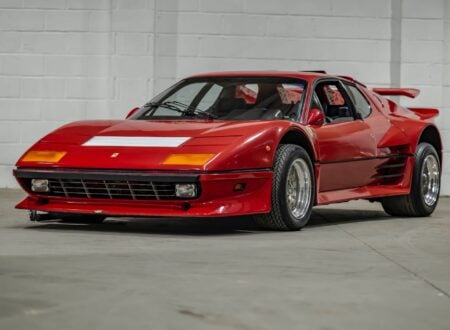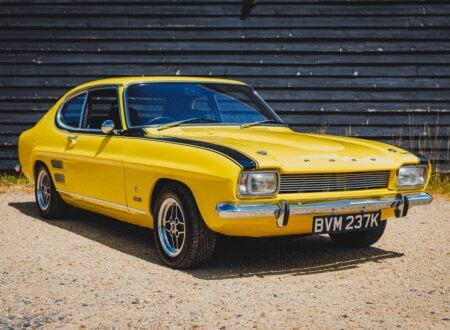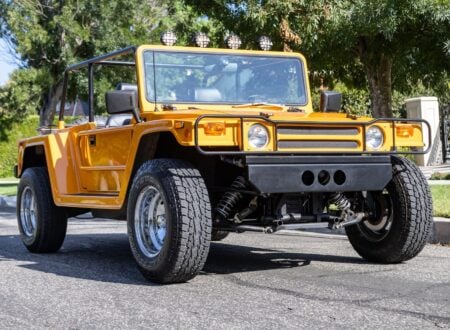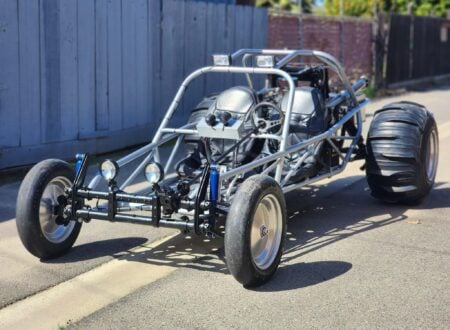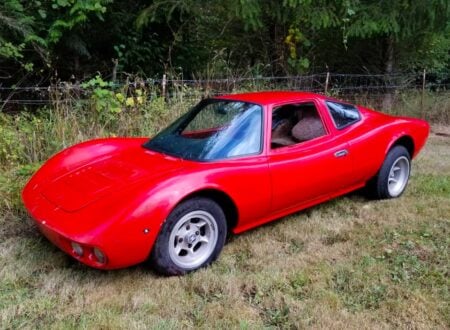In early 2016, Jaguar announced that they would be restarting the production of the XKSS to complete the 9 cars that were destroyed in a mysterious factory fire in 1957.
Jaguar had originally set aside 25 D-Type racing chassis to be made road-legal and sold to American enthusiasts like Steve McQueen. The British marque had ceased racing operations in 1956, and it was decided that the remaining D-Type parts would be rolled into a road-going model that would be one of the quickest cars in the world.
On the night of the 12th of February 1957, a fire swept through the Browns Lane factory destroying 9 of the partially completed XKSS chassis. No one has ever been able to explain what caused the fire, and collectors have cursed the blaze for decades as it deprived the world of 9 examples of what is undoubtably one of the most beautiful British cars ever made.
Jaguar decided the production of the XKSS would be resumed to complete the 9 remaining vehicles, in such the same way it had restarted the production of the E-Type Lightweight in 2014 to complete the remaining 6 vehicles that hadn’t been built as initially planned in 1963/64.
For the XKSS, the engineers at Jaguar took original, surviving XKSSs and laser scanned them, disassembled them and studied every panel, bolt, rivet, and nut. An identical chassis was then build in CAD to ensure accuracy, and a new body buck was made so that the magnesium alloy body panels could be fashioned using traditional hand-wheeling techniques.
Rather than reconditioning pre-existing engines, Jaguar cast a series of brand new iron blocks and cylinder heads, using the specifications of the original 3.4 litre straight six, capable of 262hp and fed by triple Weber DC03 carburettors
With a kerb weight of just 921 kilograms (2,030 pounds), the 262hp XKSS was blisteringly quick in 1957, in fact it could still give many modern sports cars a run for their money – the current V8 Jaguar F Type has twice the power, but it also has twice the weight.
Sadly, and 9 examples of the new XKSS have sold already, and the car you see here is the first completed car. It’s having some shakedown testing done in Southern California at the moment, which in many respects is its natural habitat despite its British origins.
If you’d like to read more about the 2017 XKSS you can click here to visit Jaguar Heritage.
